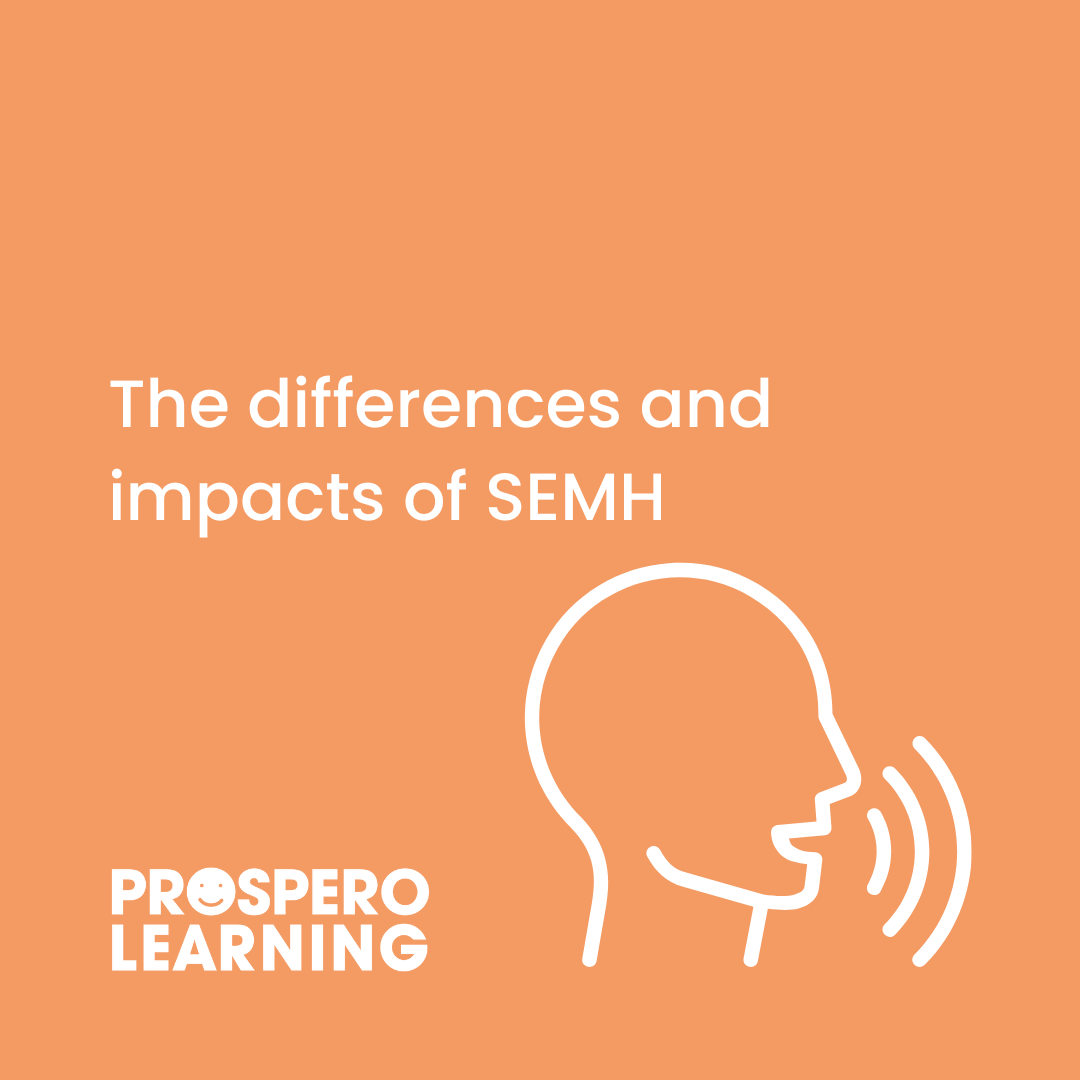SEMH Training
Supporting Social, Emotional and Mental Health needs of children in schools
Only 30% of learners with SEMH needs gain qualifications by the time they are 20 and 99% do not make the academic progress of their peers in school.
In this specialist CPD course, learners will focus on at what SEMH needs are, the causes of SEMH issues and will understand the prevalent indicators and presentation of SEMH.
Learn how to create positive professional relationships with SEMH learners and adapt the learning environment to ensure they are properly supported and can achieve.
This course includes reference and detail on the UK Government guidance around SEMH needs and how to support students by making adaptations to different aspects of school life.

Who is this online course for?
- Teachers
- Teaching Assistants
- SEND Teachers
- Supply Teachers
- Support Staff
- Tutors
- SENCOs
Educators who understand SEMH needs become champions of their students' well-being. Having complete SEMH knowledge allows them to recognise signs of social, emotional, or mental health struggles. Using this awareness, they are able to create a supportive classroom environment.
Creating a supportive classroom environment includes setting clear routines, emotional regulation tools, and differentiated learning. Understanding SEMH needs empowers educators to bridge the gap between challenges and success for all their students.
By implementing SEMH support strategies educators are able to create a positive learning environment where students with SEMH needs feel safe, supported, and empowered to reach their full potential.
Key Supporting SEMH learning objectives
-
What are SEMH needs?
-
How does SEMH differ from SEND
-
Recognising SEMH needs
-
Building relationships with SEMH students
-
Strategies to use for support
-
Adapting the learning environment




